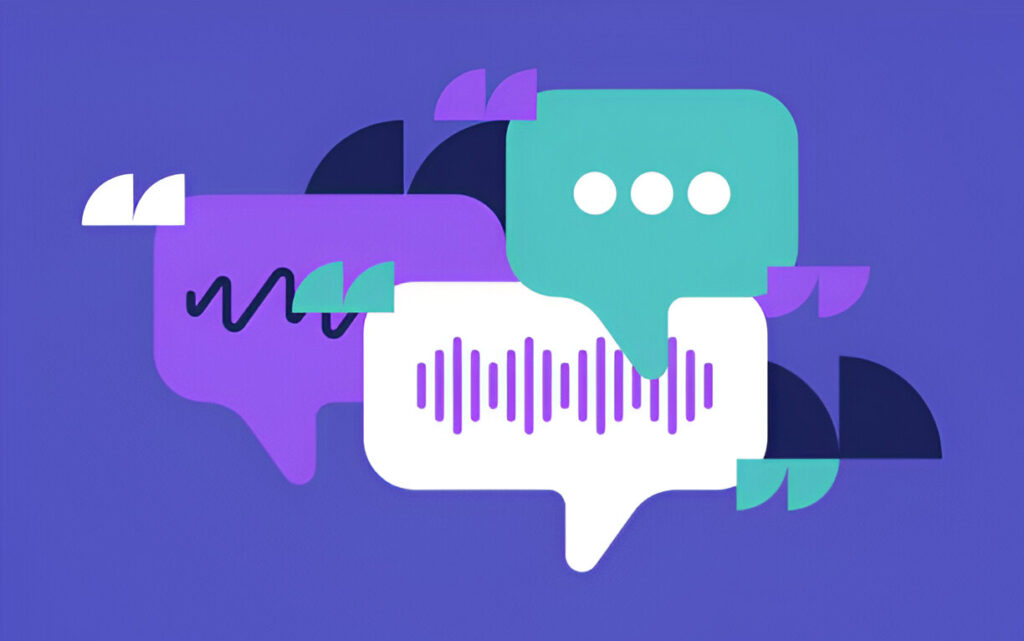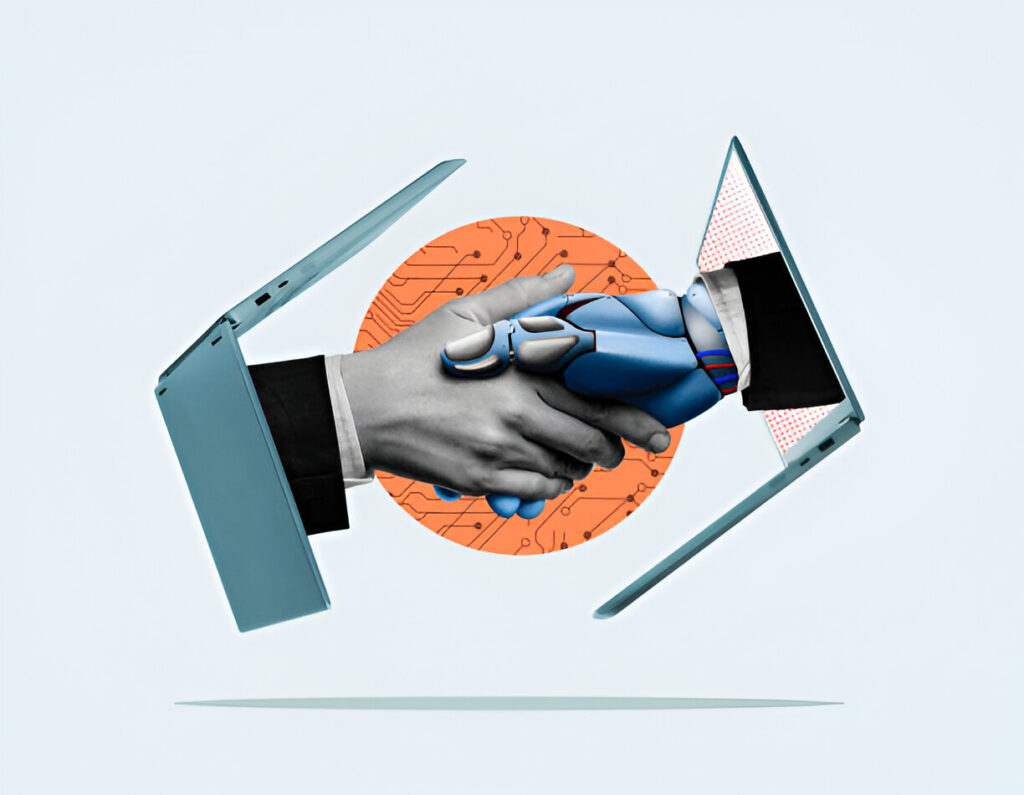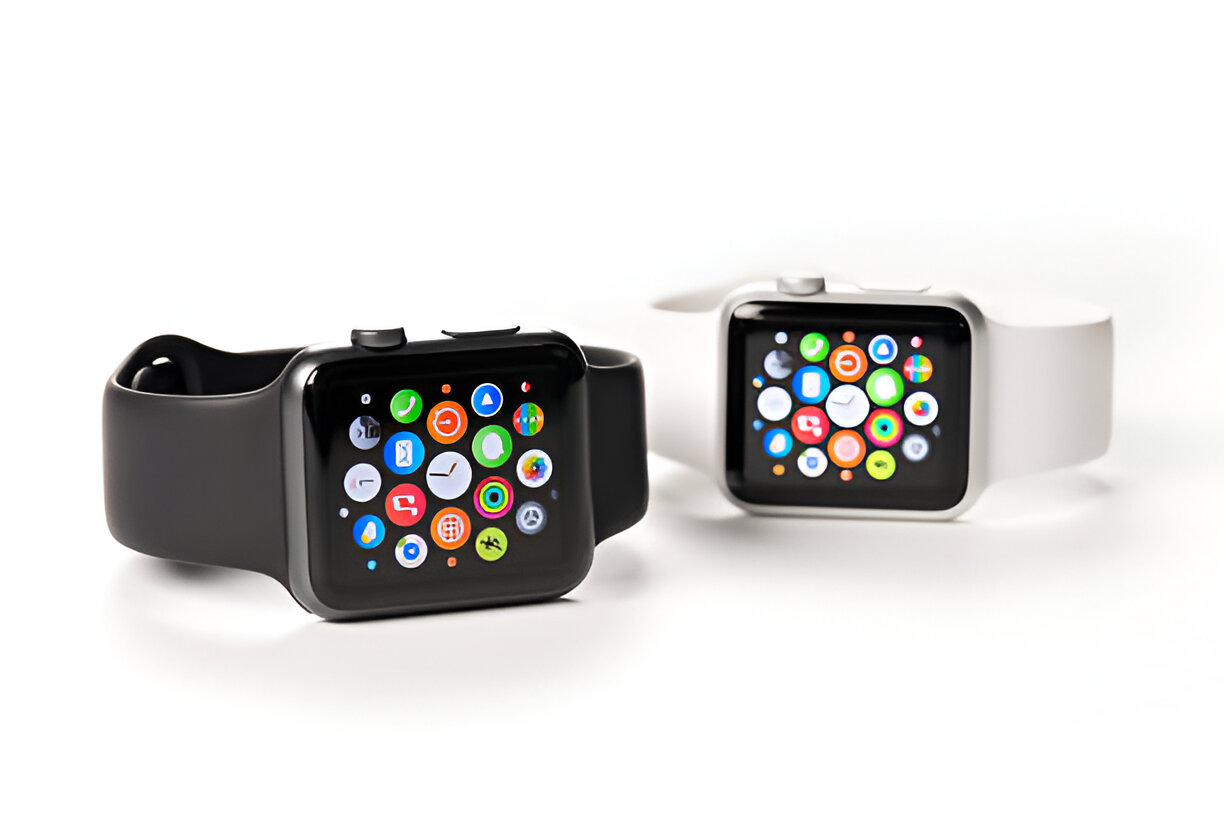
How Generative AI is Following the Facebook Adoption Trend
In a world where technology evolves at lightning speed, we’re witnessing a fascinating phenomenon: generative AI is carving its niche much like another revolutionary force did over a decade ago—Facebook.
Remember when social media shifted from being an online curiosity to an essential part of our daily lives? Today, generative AI stands on the brink of that same transformation.
From creating stunning art and composing music to generating realistic text, this cutting-edge technology is not just a passing fad; it’s poised to reshape how we interact with digital content.
Join us as we explore how generative AI mirrors the Facebook adoption trend, uncovering lessons learned along the way and glimpses into what this means for our future interactions in an increasingly automated world!
Introduction to Generative AI and its applications
Generative AI is taking the world by storm, transforming how we create and interact with digital content. From generating images to composing music, its applications seem limitless. As this technology continues to evolve, it evokes memories of another tech phenomenon that changed the landscape: Facebook.

When Facebook burst onto the scene, it revolutionized social interaction and communication. It became a part of our daily routines almost overnight. Now, as Generative AI rises in prominence, it’s following a similar trajectory. The adoption curve mirrors that of Facebook’s early days—rapid growth and widespread acceptance.
So what does this mean for us? Understanding how Generative AI is reshaping industries can provide insight into its potential impact on our lives and society at large. Let’s dive deeper into this exciting development!
The rise of Facebook and its impact on technology adoption
Facebook started as a simple social networking site in 2004. It quickly evolved into a global phenomenon, reshaping how people connect and communicate.
Its rapid growth paved the way for new technologies. Millions flocked to the platform, eager to share their lives online. This surge in user engagement encouraged developers to create innovative tools and applications.

Businesses took notice too. They recognized Facebook’s potential for marketing and customer interaction, leading to an explosion of digital advertising strategies that still resonate today.
With every click and post, users became part of a vast data pool. Companies leveraged this information for insights on consumer behavior like never before.
The ripple effect was profound—other platforms followed suit, pushing boundaries further than ever thought possible in technology adoption.
How Generative AI is following the same trajectory as Facebook's adoption trend
Generative AI is emerging in a way reminiscent of Facebook’s explosive growth. Just as Facebook transformed social interaction, Generative AI is reshaping creativity and productivity.
Initially met with skepticism, both technologies saw gradual adoption among early enthusiasts. As functionalities improved, users began to understand the transformative potential each platform offered.

Now, businesses are eager to integrate Generative AI into their operations, much like they did with Facebook for marketing strategies. This trend mirrors the phases of user engagement seen during Facebook’s ascent — from curiosity to necessity.
The accessibility of tools powered by Generative AI makes it appealing for everyday tasks. Content creation, design automation, and even music generation are becoming commonplace.
As more people embrace this technology, we may witness a similar shift in societal norms around communication and collaboration that was evident with Facebook’s rise.
Examples of Generative AI being used in everyday life, similar to Facebook's widespread use
Generative AI is becoming increasingly integrated into our daily routines. Just like Facebook reshaped social interaction, this technology is transforming various aspects of life.
Consider content creation. Platforms now use generative models to produce articles, music, and even visual art. This enables creators to experiment with new styles while saving time on routine tasks.

Customer service also benefits from AI-driven chatbots that provide instant responses and personalized experiences. These tools enhance user satisfaction by addressing queries quickly and efficiently.
In entertainment, streaming services analyze viewing habits using generative algorithms to suggest tailored recommendations. This keeps users engaged and encourages them to explore new content.
Moreover, in education, adaptive learning software employs generative techniques to personalize lessons based on each student’s needs. Such customization fosters a more effective learning environment for everyone involved.
Potential benefits and drawbacks of Generative AI adoption, like with Facebook
Generative AI offers numerous benefits that can revolutionize industries. It enhances creativity by generating new content, aids in automating mundane tasks, and improves efficiency across sectors. Businesses can harness this technology for personalized marketing strategies and customer engagement.

However, the adoption of Generative AI also brings challenges reminiscent of Facebook’s journey. Misinformation is a significant concern; generated content may mislead or manipulate users. The ease of creating deepfakes raises ethical questions about authenticity.
Data privacy issues cannot be ignored either. As companies gather vast amounts of information to train these models, safeguarding personal data becomes crucial.
The balance between innovation and responsibility will dictate how society navigates the implications of this powerful technology moving forward.
Ethical concerns surrounding the use of Generative AI, parallel to those raised about Facebook's practices
The rise of Generative AI brings with it a host of ethical dilemmas reminiscent of those faced by Facebook. One major concern is the potential for misinformation. Just as misleading posts can spread rapidly on social media, generative models can create false narratives that seem credible.
Privacy issues are another parallel. Facebook has been scrutinized for how user data is handled and shared. Similarly, generative AI systems often require vast amounts of data to train effectively, raising questions about consent and ownership.
Bias in algorithms also poses a significant challenge. If not monitored closely, these systems could inadvertently reinforce stereotypes or propagate discriminatory content. This mirrors past critiques aimed at Facebook regarding its algorithm’s impact on public perception.

As organizations adopt Generative AI technologies, addressing these ethical concerns will be vital to fostering trust among users and ensuring responsible innovation in this evolving landscape.
Ways in which companies are utilizing Generative AI, just like how businesses leveraged Facebook for marketing and data analysis
Companies are tapping into Generative AI for various innovative applications, transforming their operations much like they did with Facebook. One prominent use is in content creation. Marketing teams generate tailored ad copy and engaging social media posts quickly, allowing them to reach audiences effectively.
Customer service is another area where businesses shine by employing chatbots powered by Generative AI. These bots provide instant responses, enhancing user experience while reducing operational costs.
Additionally, data analysis has evolved significantly. Firms utilize AI to sift through vast amounts of information and derive actionable insights swiftly. This enables smarter decision-making processes that were once time-consuming.
Moreover, personalized marketing campaigns have become a norm as companies leverage Generative AI algorithms to analyze consumer behavior patterns. By predicting what customers want before they even know it themselves, brands can foster deeper connections with their audience.
Predictions for the future of Generative AI and how it may continue to follow in Facebook's footsteps
As Generative AI evolves, we can expect its adoption to mirror Facebook’s trajectory. Just as social media transformed communication, Generative AI is set to revolutionize various industries.
In the coming years, businesses will likely harness this technology for personalized marketing strategies. Imagine tailored content that resonates deeply with individual preferences. This could redefine how brands connect with consumers.

Moreover, advancements in natural language processing and machine learning will enhance user interactions. We may see more seamless integration of AI into daily tasks—making workflows faster and smarter.
The rise of virtual assistants powered by Generative AI could change our relationship with technology altogether. From scheduling appointments to drafting emails, these tools might become indispensable in both personal and professional settings.
With increasing access to cutting-edge tools, creativity will flourish across sectors. Artists, writers, and developers may find new avenues for expression through innovative applications of Generative AI.
Conclusion: Reflecting on the power of technology
Reflecting on the power of technology reveals a fascinating narrative. Generative AI is emerging as a transformative force in our daily lives, much like Facebook did over a decade ago. The adoption curve for this innovative technology mirrors that of social media’s rise, highlighting how quickly society can embrace new tools.
As we consider the potential and pitfalls of Generative AI, it becomes evident that its influence will continue to grow. Just as businesses adapted their strategies during Facebook’s ascent, companies are already exploring the capabilities of generative models to enhance customer experiences and streamline operations.

The ethical questions surrounding Generative AI echo those raised about social networks—issues related to privacy, data usage, and misinformation need ongoing scrutiny. As we harness this powerful technology, awareness and responsibility must guide us.
The future holds immense possibilities for Generative AI. Its trajectory suggests an integration into various sectors from healthcare to entertainment. With each advancement comes the opportunity for innovation but also the necessity for caution.
Technology has reshaped communication and interaction profoundly; now it stands ready to redefine creativity itself through Generative AI’s capabilities. Embracing these changes while being mindful of their implications may well determine how beneficial or detrimental they become in shaping our world moving forward.
How is Generative AI similar to Facebook's adoption trend?
Like Facebook, Generative AI started with limited users but rapidly gained popularity due to its transformative capabilities. Both technologies reshaped how people interact with digital content and services.
What are some everyday uses of Generative AI?
Generative AI is used for creating social media content, designing visuals, composing music, generating articles, and personalizing customer interactions through AI-powered chatbots.
Why is Generative AI gaining popularity?
Its ability to simplify tasks, boost creativity, and provide personalized experiences makes it appealing to both individuals and businesses.
What industries benefit the most from Generative AI?
Industries like marketing, customer service, education, entertainment, and data analysis leverage Generative AI to improve efficiency and deliver customized solutions.
Are there ethical concerns with Generative AI?
Yes, ethical concerns include misinformation, privacy violations, and bias in AI-generated content. These issues echo similar concerns raised during Facebook’s growth.
What are the benefits of Generative AI adoption?
Generative AI boosts productivity, supports creative processes, improves decision-making through data insights, and streamlines operations across industries.





